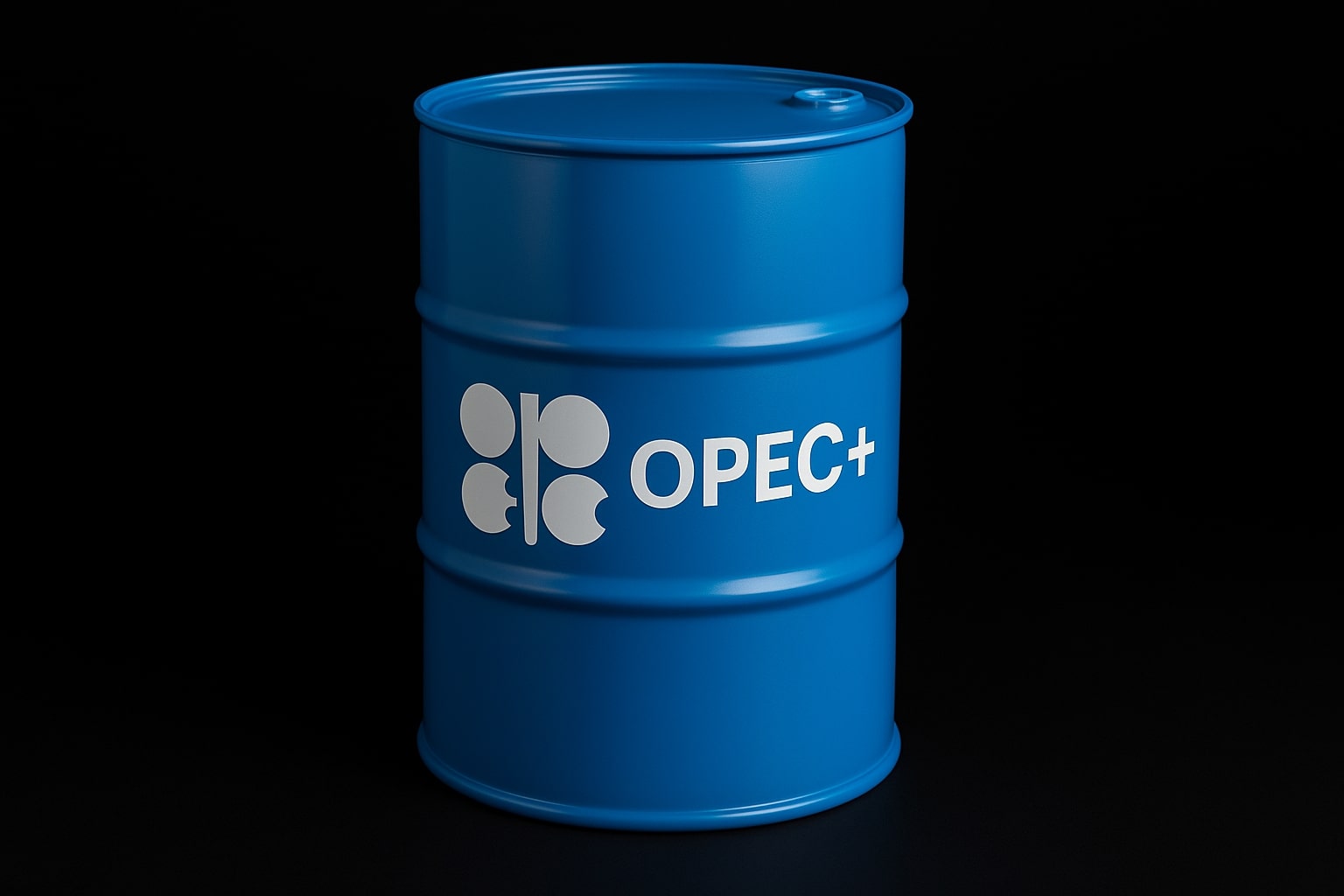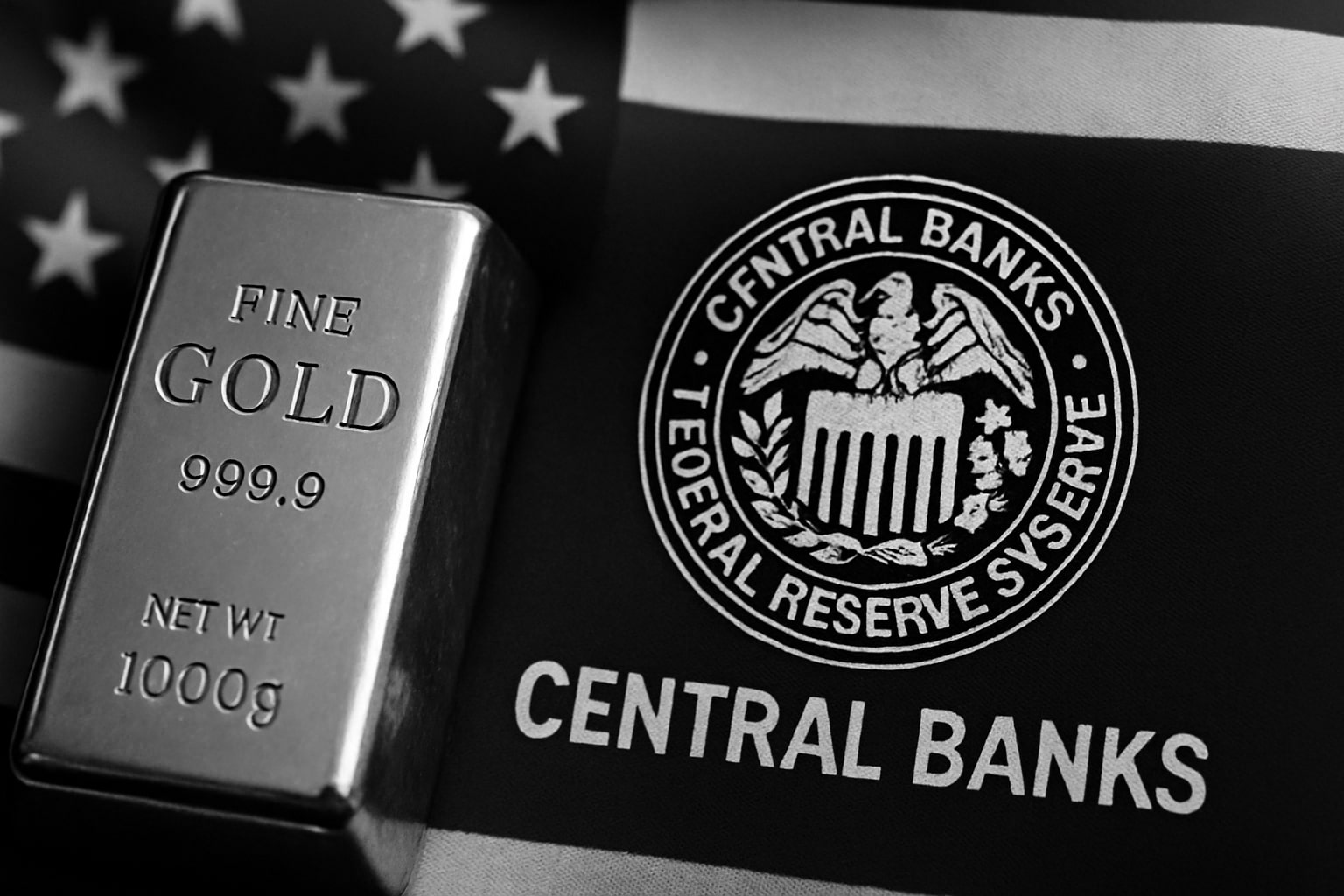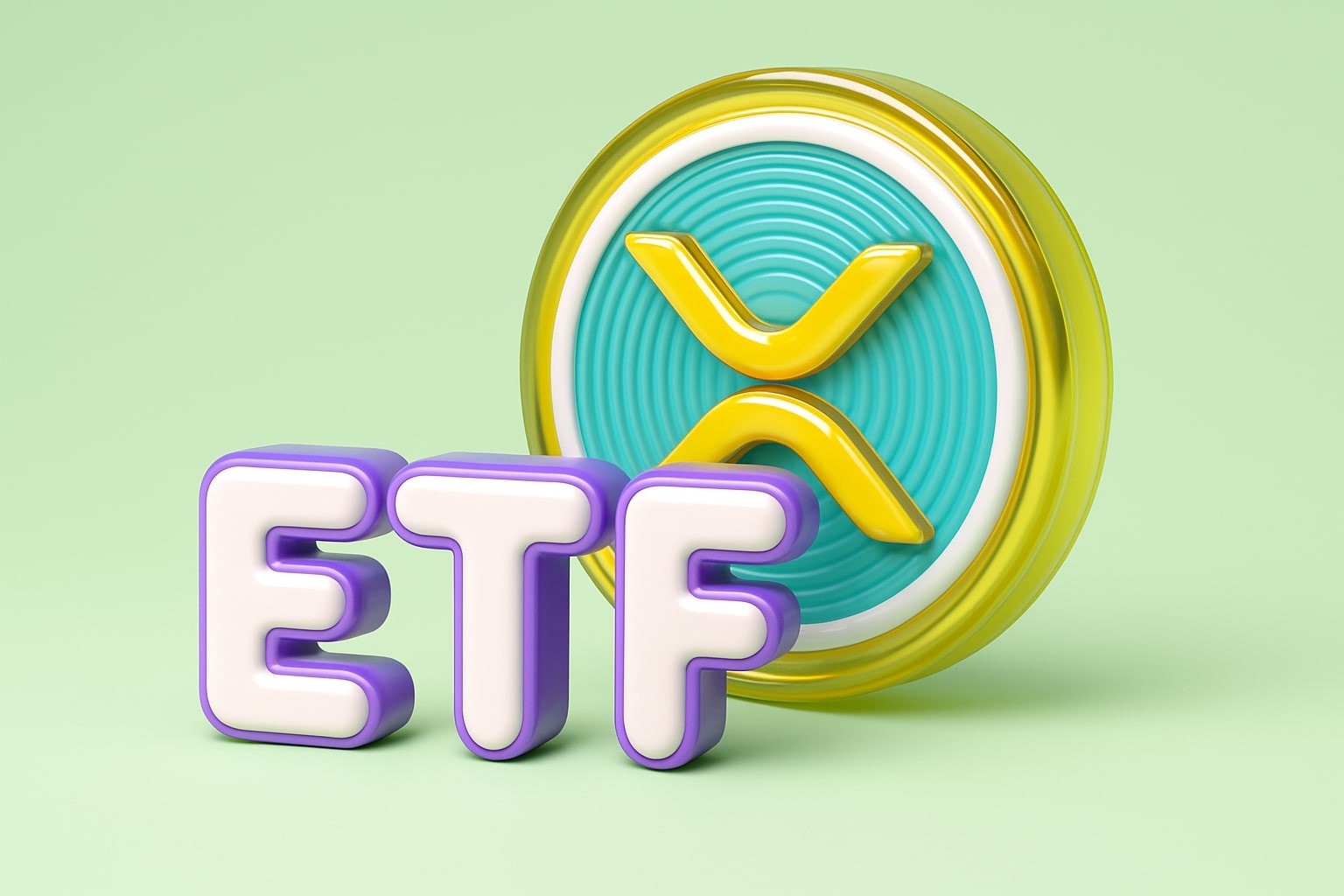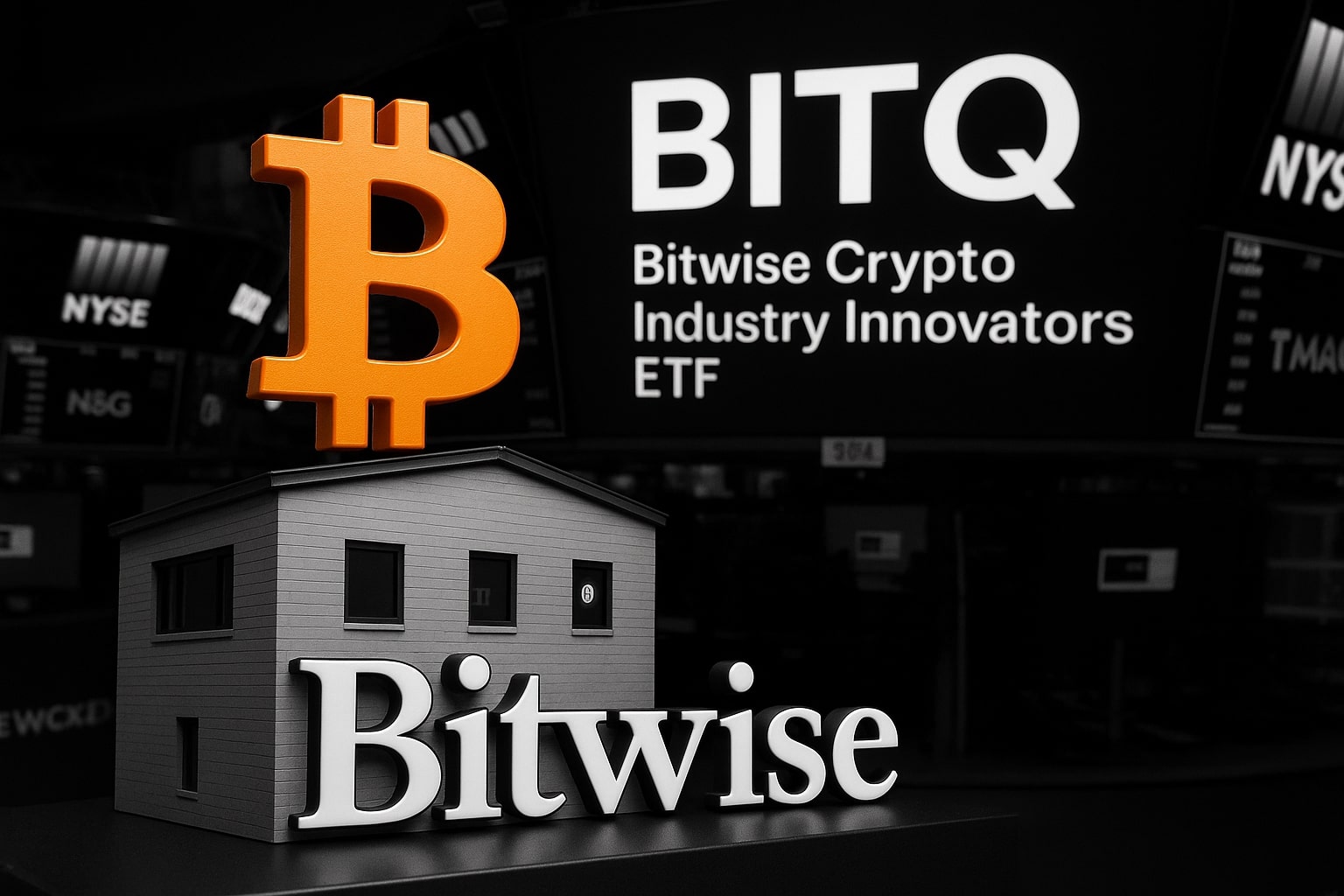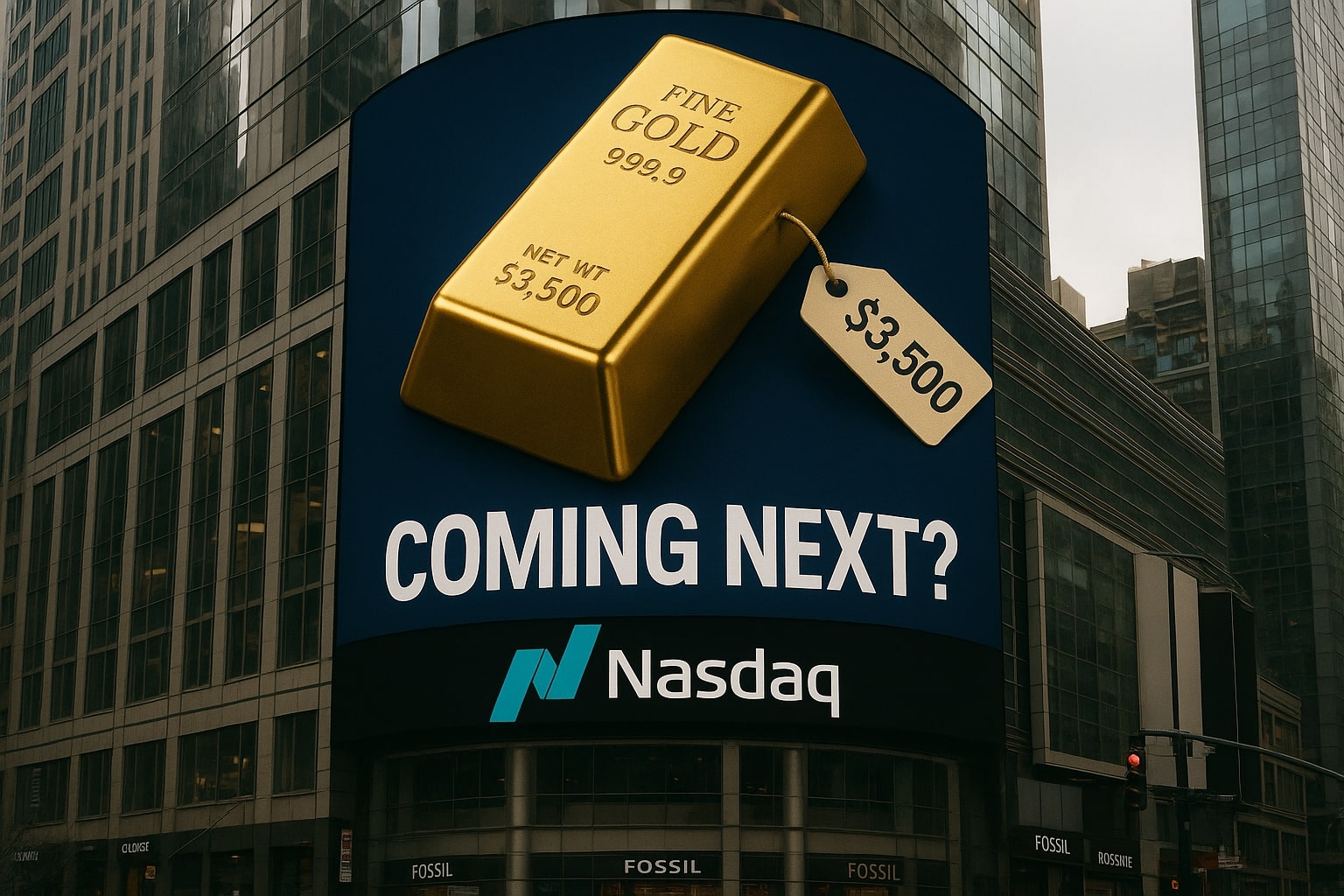
Gold Price Holds $3,250 Zone—Is $3,500 the Next Magnet for XAU/USD Bulls?
As fiscal chaos and geopolitical tension intensify, will gold break above $3,345 and rip higher? | That's TradingNEWS
Gold (XAU/USD) Holds Firm Above $3,288 as Geopolitical Chaos, Fiscal Fears Drive Safe-Haven Demand
Gold continues to defy selling pressure and maintains strength above the $3,288 level as traders weigh the combined impact of Trump’s delayed EU tariffs, renewed geopolitical tension, and worsening U.S. fiscal imbalances. Spot XAU/USD traded around $3,323 to $3,324 in early European sessions, recovering from a minor rejection at the $3,345 zone. Despite the short-term consolidation, the precious metal’s long-term bullish structure remains intact, with institutional positioning, macro hedging, and rate cut expectations continuing to support upside demand.
Durable Goods Miss and Consumer Confidence Rebound Send Mixed Signals Into Gold Market
The most recent U.S. economic data reflected stark contrasts. Durable goods orders collapsed 6.3% in April, a brutal reversal from March’s 7.6% increase (revised down from 9.2%). While consensus had forecast a deeper decline of 7.9%, the scale of the drop still highlighted a fragile manufacturing landscape. Simultaneously, the U.S. Consumer Confidence Index rose sharply to 98 in May, a massive 12.3-point jump from April’s 85.7, the largest monthly improvement in four years. Investors attributed the surge in sentiment to optimism around Trump's tariff reprieve, yet the disconnect between consumer hopes and industrial reality has elevated the demand for hedging tools like gold.
XAU/USD Faces Crosscurrents from Dovish Fed Bets and Stronger USD Rebound
Despite the gold rally, the U.S. dollar has not completely lost momentum. A modest recovery in the DXY was capped by growing expectations of a Fed rate cut in Q3 2025. Traders are currently pricing in two 25-bps cuts by year-end. As a result, while the greenback’s gains have added minor pressure to XAU/USD, the non-yielding nature of gold becomes more attractive when yields fall, particularly in environments of fiscal uncertainty and equity overvaluation.
Markets are also closely watching the FOMC meeting minutes, which could define the Fed’s tolerance for persistent inflation and signal further easing. If the Fed confirms its dovish lean, gold could reclaim the $3,400 to $3,465 zone quickly.
Trump’s “Big, Beautiful Bill” Threatens USD Credibility, Fuels Gold Breakout Narrative
Trump’s signature fiscal initiative is stirring debt markets. The “Big, Beautiful Bill” has passed the House and awaits Senate vote. If approved, it would push the U.S. debt-to-GDP ratio toward 125%, a level unseen since World War II. While Trump’s strategy banks on using tariffs to replace income tax revenue, global investors see it as a risk to dollar stability. In turn, this is triggering increased allocation into gold, both from retail and institutional entities, as a hedge against U.S. sovereign risk.
Geopolitical Flashpoints Reinforce Bullish Case: Ukraine, Gaza, and Russia Escalations
On the geopolitical front, risk remains elevated. Trump’s direct statement that Putin is “playing with fire” followed the deadliest wave of missile attacks on Ukraine since 2022. Meanwhile, Israel rejected the latest U.S.-brokered ceasefire framework with Hamas, prolonging instability in Gaza. With gold historically outperforming during periods of multipolar conflict, the growing perception of geopolitical breakdown has kept bullion demand resilient.
Technical Outlook: Gold Forms Descending Wedge, Price Eyes Breakout Beyond $3,350
Gold’s daily chart reveals a descending wedge pattern, with price action compressing between $3,121 and $3,356. After hitting its all-time high in April, XAU/USD has been consolidating. The 23.6% Fibonacci retracement of the YTD rally sits at $3,291, with price hovering just under that level. A break above the wedge resistance at $3,345 to $3,360 would confirm a bullish continuation, targeting a move to $3,500 and potentially $3,700, which is Goldman Sachs’ target by end-2025.
The Relative Strength Index (RSI) remains neutral at 52, suggesting consolidation is maturing, not reversing. The MACD signal is also flattening, confirming the temporary loss in momentum but not a breakdown in structure. If bulls can reclaim the 20-day SMA at $3,288, upside momentum is likely to resume with force.
Key Support Levels: Watch $3,250 and $3,200 as Breakdown Triggers
On the downside, the $3,250–$3,245 horizontal zone remains the first major defense. A breakdown through $3,200 would open downside risk toward the 38.2% Fib at $3,161, with extended support at $3,057 and $2,952 if risk sentiment deteriorates dramatically. However, buyers have consistently defended pullbacks around the 200-SMA on H4, currently aligned near $3,288.
ETF Flows and Options Markets Signal Institutional Accumulation
The SPDR Gold Shares (NYSE:GLD) ETF is up 28% year-to-date, vastly outperforming the S&P 500 (SPX), which is near flat at +0.15%. In options markets, traders are positioning via bull call spreads, with the September $310/$330 strike pairing costing $6.35 at a GLD price of $304.50. This setup reflects strong conviction in gold’s further upside while limiting downside exposure—a clear sign of hedged institutional accumulation.
Goldman Sachs Sees $3,700; Volatility Reflects Internal Disagreement, Not Reversal
Goldman Sachs has issued a year-end gold price target of $3,700/oz, citing inflation uncertainty, fiscal risk, and investor rotation from equities to hard assets. While intraday price swings have widened—indicative of argument, not agreement—analysts see this volatility as healthy price discovery, not bearish capitulation. Intraday dips are being bought, not sold, reinforcing long-side control of trend structure.
Final Verdict on Gold (XAU/USD): Buy the Consolidation—$3,500+ in Sight
XAU/USD: BUY / ADD ON DIPS
Gold remains structurally bullish above $3,288, with strong macro tailwinds from U.S. fiscal deterioration, geopolitical instability, and dovish Fed expectations. The descending wedge pattern shows controlled consolidation, not reversal. As long as price holds above $3,250, risk-reward favors accumulation. Any breakout above $3,345–$3,360 opens immediate upside toward $3,400, $3,465, and potentially $3,500–$3,700 within months. Traders should avoid chasing upside at resistance but aggressively buy dips near $3,250–$3,288.
That's TradingNEWS
Read More
-
BITQ ETF Soars 66.55% as Bitcoin Blasts Past $124,000 — Crypto Equities Lead 2025 Rally
13.10.2025 · TradingNEWS ArchiveStocks
-
XRP ETFs XRPR, XRPI Slip as Ripple XRP-USD Holds $2.62 — SEC Fast-Track Could Ignite $20B
13.10.2025 · TradingNEWS ArchiveCrypto
-
Natural Gas Price Forecast - NG=F Steadies at $3.00 as U.S. Export Boom Tests Old Fields
13.10.2025 · TradingNEWS ArchiveCommodities
-
USD/JPY Price Forecast - Dollar to Yen Climbs to ¥152.28 as Japan’s Political Shakeup
13.10.2025 · TradingNEWS ArchiveForex















